A SERIES OF WALKS ALONG THE EMBANKMENT
THIS PAGE IS PRODUCED IN CONJUNCTION WITH
DAVE HILL
PART ONE: VIEWS FROM THE BRIDGES
……. AND RIDES ON THE TRAMS
 The River by night; looking westwards from Waterloo Bridge, 2011
The River by night; looking westwards from Waterloo Bridge, 2011
-oOo-
My father loved to walk along the Victoria Embankment. He always referred to it as The Embankment, as many Londoners and visitors do, including me. He loved the River. He loved the buildings on its banks and he loved to look at the panorama and spectacle from its bridges whether it was from Westminster, Waterloo, Hungerford, or Blackfriars ……. he enjoyed standing on them all and watching from both sides of the road.
-oOo-
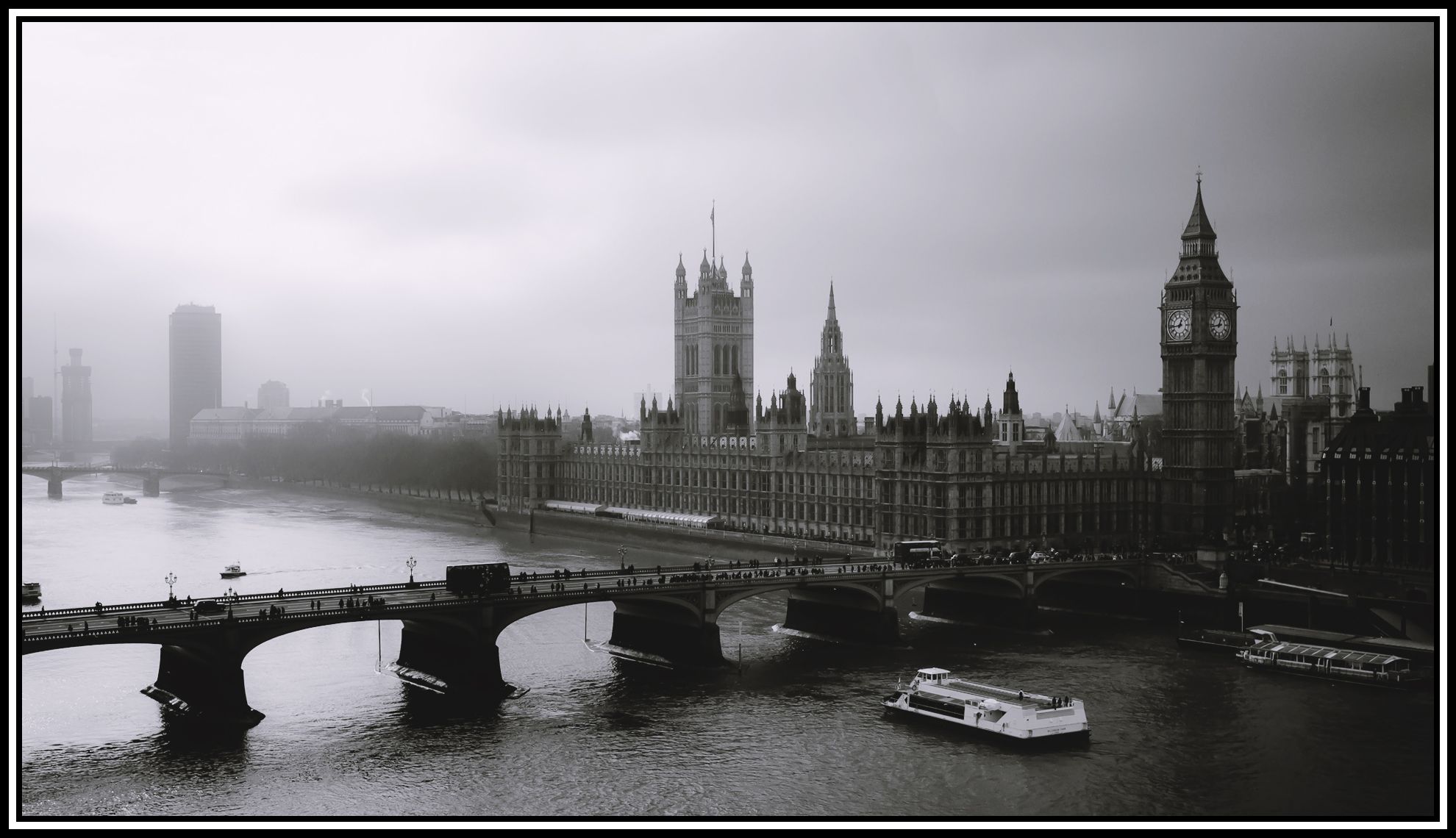 Westminster Bridge, Big Ben & The Houses of Parliament
Westminster Bridge, Big Ben & The Houses of Parliament
My father was a creature of habit and always began our walk along the Victoria Embankment at Westminster Bridge. Not for us to begin at Blackfriars Bridge!
After a good and long look at Big Ben (now known as The Elizabeth Tower), he would turn his attention to the statue of Queen Boadicea and her Daughters and inspect it as if it was the first time he was seeing it.
Following this , we next walked about halfway across Westminster Bridge, always on the east side, in order to discover once more The Houses of Parliament (or to give it its correct name, The Palace of Westminster).
-oOo-
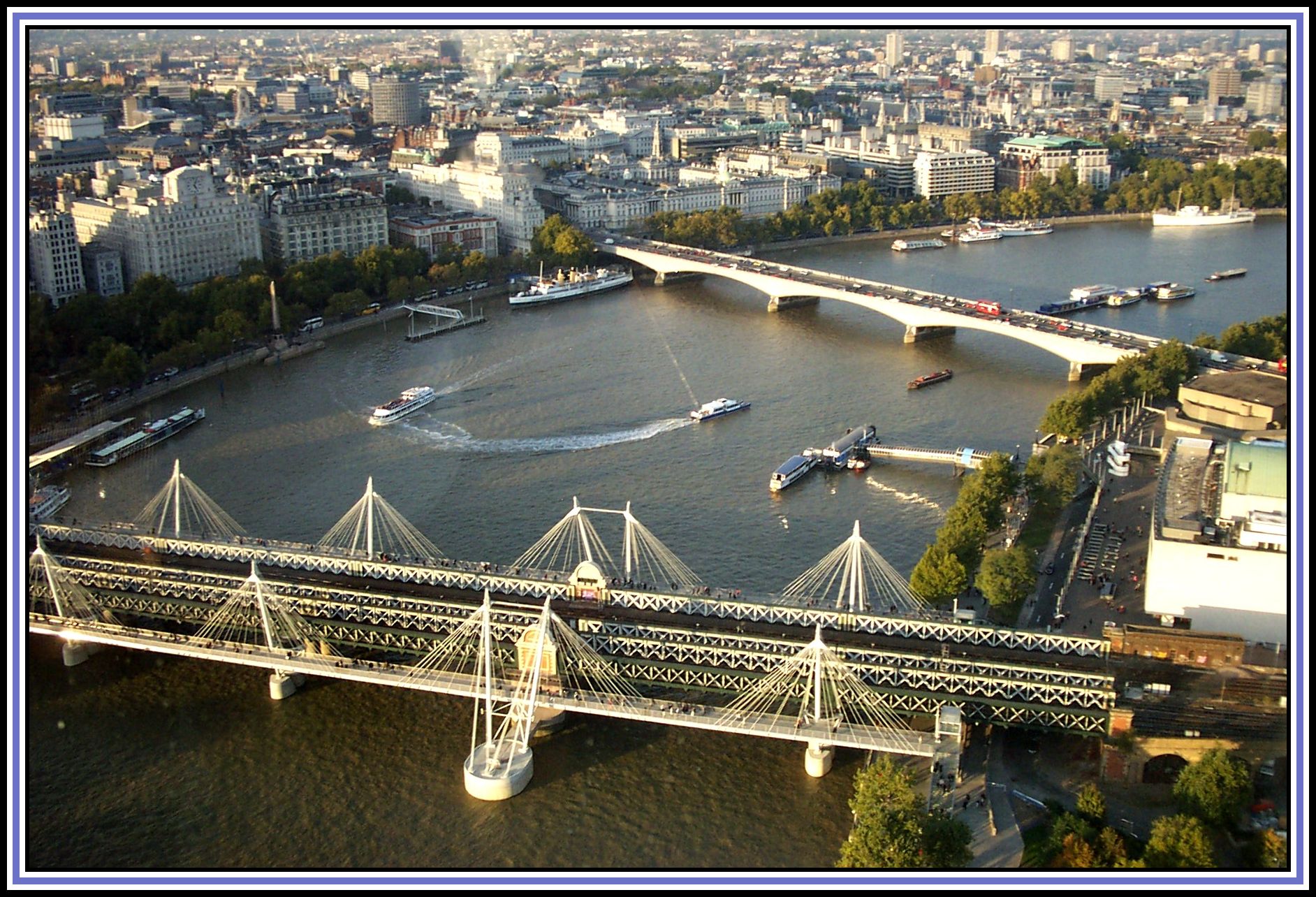 Hungerford, Jubilee & Waterloo Bridges from The London Eye, 2011
Hungerford, Jubilee & Waterloo Bridges from The London Eye, 2011
I was very young at the time of our walks along The Embankment and was confused by the fact that St. Paul’s Cathedral seemed to change position as we walked along the thoroughfare and went on the various bridges to look at the view.
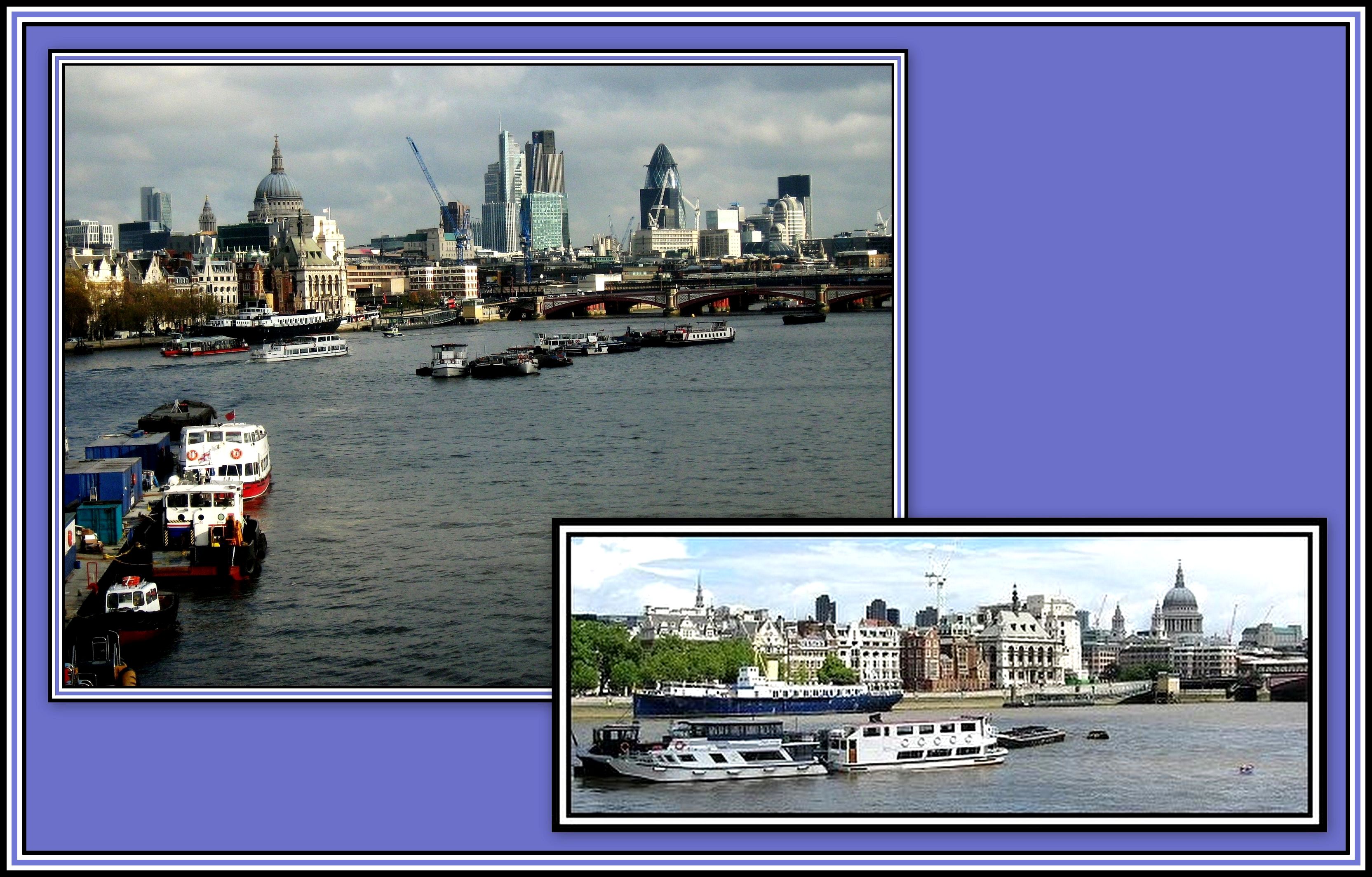 Traveling towards Blackfriars Bridge by Boat
Traveling towards Blackfriars Bridge by Boat
At my age, I obviously thought that the River Thames flowed in a straight line and was evidently unaware that it actually took a meandering path en route to the sea. When I went to school, I remember asking a teacher about my confusion and she showed me a map of London and explained the River’s course. I still smile to myself whenever I cross Waterloo Bridge and look to my left and see the position of St. Paul’s Cathedral!
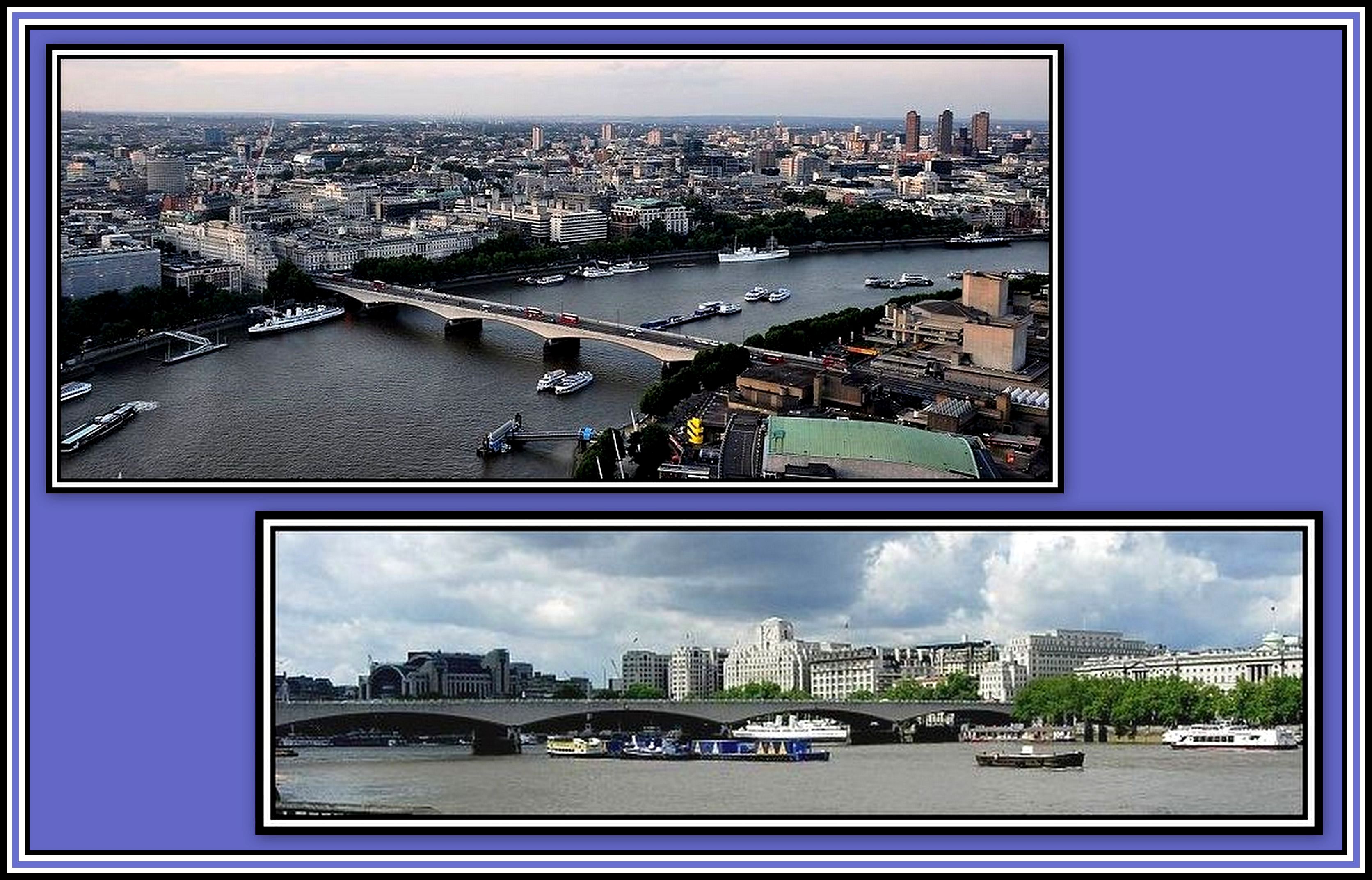 Waterloo Bridge: Left, looking eastward from The London Eye; Right, looking westwards from The Globe Theatre
Waterloo Bridge: Left, looking eastward from The London Eye; Right, looking westwards from The Globe Theatre
-oOo-
Another thing that my father was especially fond of was riding on Trams. Not for him the Omnibus or the Trolleybus; he liked those huge lumbering double-decker sort that once rumbled and roared their way over London streets like the Dinosaurs. He especially liked to sit on the upper deck and smoke a cigarette while traveling on a tram along The Embankment or to the Elephant & Castle or anywhere else for that matter.
Sitting on a Tram, as it coughed and spluttered over the points as it crossed the Elephant terrified me as a small child. The lights on the decks used to cut out, as we lurched and rattled over the endless number of points. I also disliked watching these monsters cross the junction, as I believed that the sparks that flashed when the long pole crossed a point would cause the tram to burst into flames. I was amazed when a tram continued on unscathed. I was always happy once we got off a tram, as I believed we had in fact escaped with our lives.
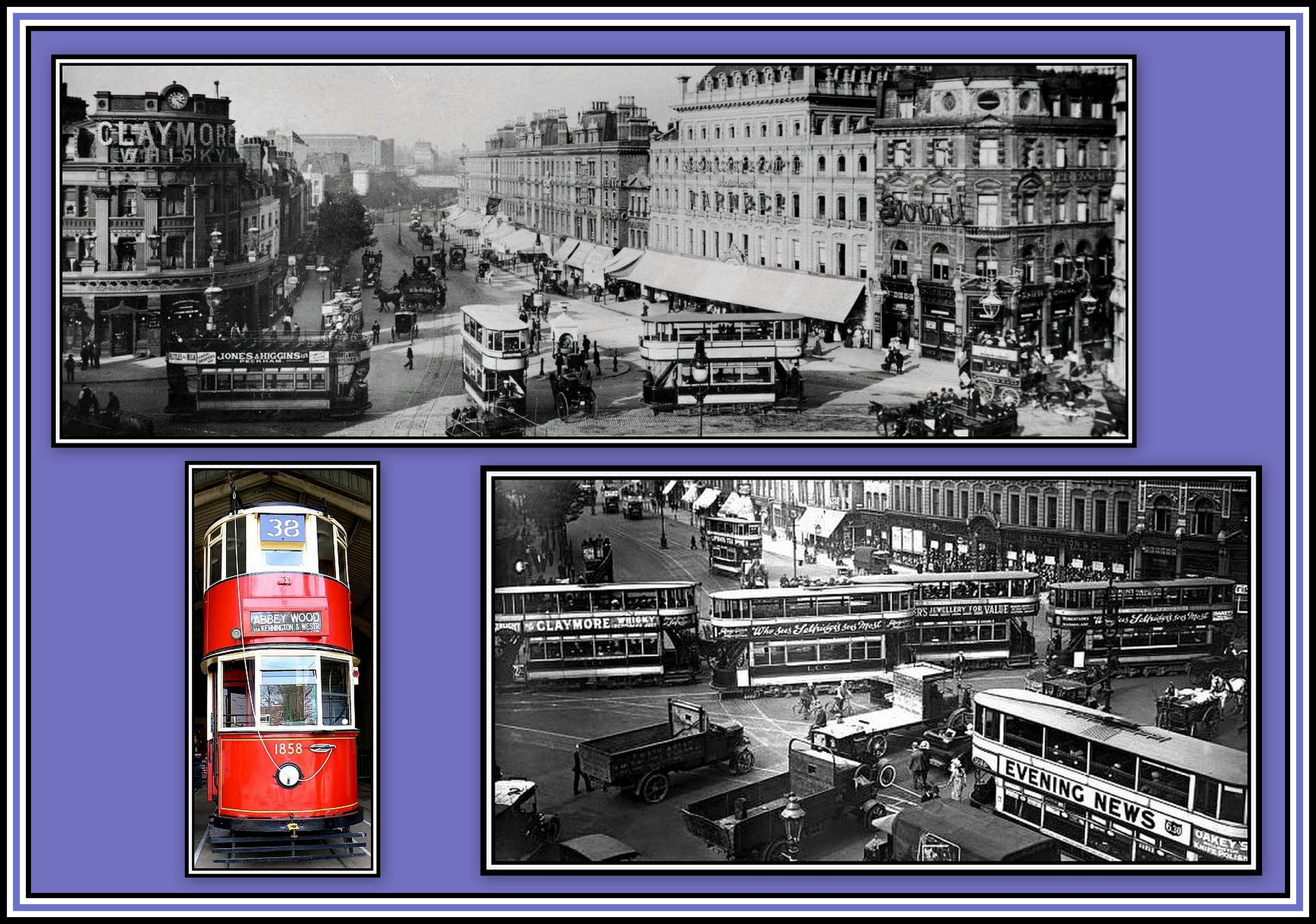 Crossing The Elephant & Castle ……. at various times
Crossing The Elephant & Castle ……. at various times
The more a tram rattled and lurched, the more my father seemed to enjoy the ride. He was never happy than when sitting on the upper deck of a tram where he could add to the pleasure of his journey by smoking a cigarette. He liked Woodbines – a working man’s cigarette!
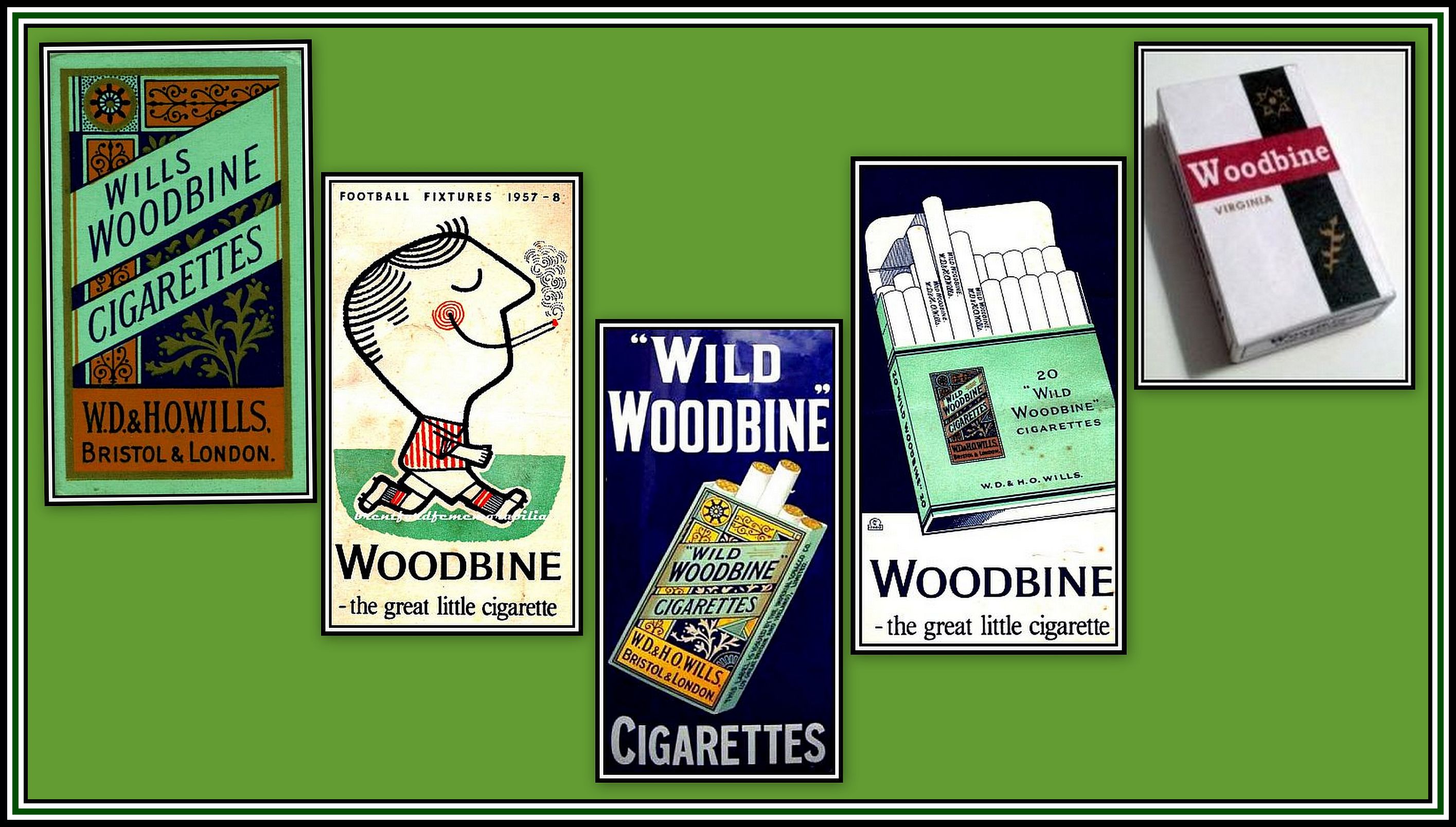 Woodbine – The Great Little Cigarette
Woodbine – The Great Little Cigarette
When I was a kid, Woodbines came only in a non-filter form and could be purchased in packets of 5, 10 and 20. Although these cigarette were small, they carried a kick! At that time, the package had no silver foil inside and no cellophane wrapping and, as a result, quickly dried out, which added to their strength!
 Woodbines and Weights – Working Men’s Cigarettes
Woodbines and Weights – Working Men’s Cigarettes
I remember stealing a Woodbine from my father on one occasion and smoking it. I found it to be very, very strong and not at all to my liking. Sometime later I told him about smoking one of his cigarettes. His only comment was to prophesise that when I was older, I would appreciate this cigarette. And guess what, he was right!
-oOo-
Although my father loved riding on all of London’s tram routes, he did have distinct favourites and these were those that
- traveled along The Embankment and crossed Westminster Bridge;
- journeyed to the Elephant & Castle; and, perhaps the best of all, the one that
- passed through the Kingsway Subway Tunnel.
Unfortunately each journey used to fill me with horror!
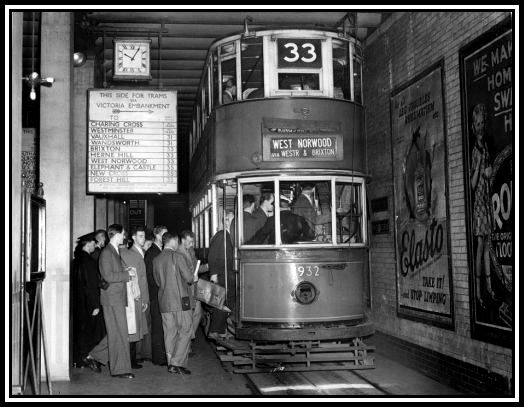 Waiting for a tram in the Kingsway Subway Tunnel
Waiting for a tram in the Kingsway Subway Tunnel
I found crossing Westminster Bridge in that monstrous vehicle to be hair-raising at my young age. I was convinced that the loping beast was going to catch fire from a generated spark and somehow it would plunge itself into the River to quench the flames that threatened to envelope us!
(NOTE: the reader will have gathered that I had a vivid imagination as a child; and those that know me today, can attest to my not having changed ……. much! However, it needs to be noted that occasionally trams have been known to catch fire!)
Top Left: Fire on a Class W Tram on La Trobe Street in Melbourne in 2009; Top Right: Cairo, 2012; Bottom Left: Blackpool, 2007; & Bottom Right: Swanson Street, Melbourne in 2014
However, as bad as it was to cross the River, the very worst trauma came while I was sitting on the lumbering vehicle and waiting to enter The Kingsway Tunnel! I can not think which was worse: entering The Tunnel at Southhampton Row where there was a steep incline down into the bowels of the earth or suffering that wide turn before entering it on The Embankment where the screeching sounds of the steel wheels making the turn was deafening and set my teeth on edge and caused them to ache!
However these annoyances were mild compared to the horror felt when the lights of the tram would suddenly be extinguished and we found ourselves plunged into total darkness while the tram continued to fly over the tracks of The Tunnel at a breakneck speed. This caused me to be slung from side to side and back and forth like a rag doll.
The lights would come on as suddenly as they had gone out, and before the passengers were able to regain their composure, out they would go again, and we were back to being rag dolls! And then, to add to the distress, the driver would, without warning, jam on the brakes and the generated momentum would carry us forward and then lurch us back before we came to halt with a jolt!
Once we screeched to a stop, our reprise was short lived and almost immediately, to the sound of a bell being rung, once again we took off at top speed to continue our perilous journey into the darkness.
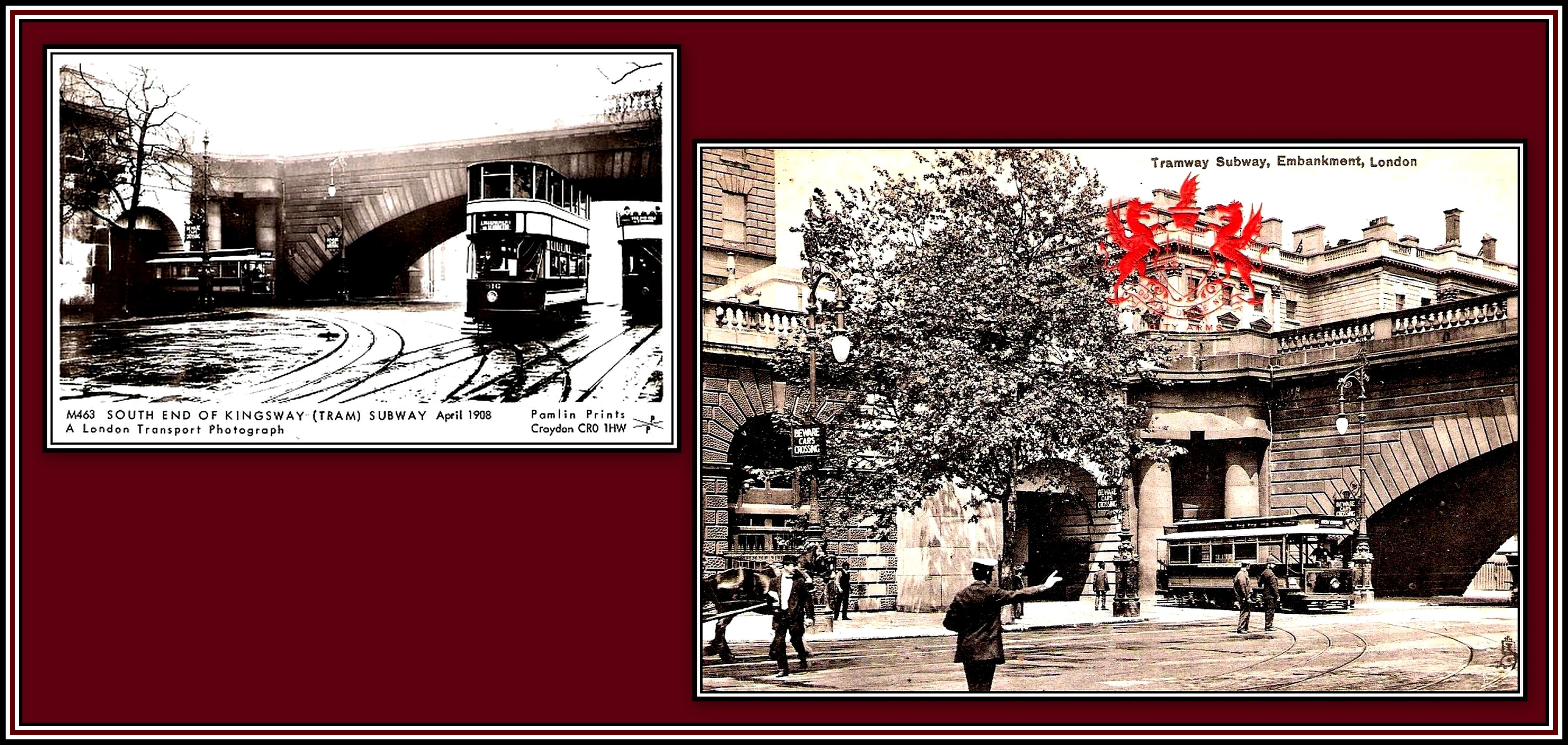 Southern Entrance to the Kingsway Tunnel at Waterloo Bridge
Southern Entrance to the Kingsway Tunnel at Waterloo Bridge
At journey’s end, I was, by now in a cold sweat, but managed to breathe a sigh of relief! And with a very unsteady and wobbly gait, I eased my way off the tram. I recall that on several occasions, once back on terre ferma and feeling close to death, I was violently sick much to my father’s embarrassment!
-oOo-
I remember well that day in July 1950 when it was announced that London’s Trams were to be replaced by diesel buses. I recall my father’s emotional response. He was reading his newspaper when suddenly he became animated and began to bellow something about an Operation Tramway and immediately flew into a rage.
Neither my mother nor myself had any idea what had upset him. Although my mother tried to learn what it was that was upsetting him, she failed and we had to listen to his rants and raves until she could get the newspaper away from him and read the devastating news herself.
Meanwhile my father was rambling on about the insensitivity of those in authority and dismissed them all by stating that they lacked any sense of history and had no soul. I suspect now that most of his anger was directed against Lord Latham (1888-1970) who as a member of London Transport Executive had broken the news that London’s Trams were to be withdrawn from service in a step-wise manner and that the withdrawal was to be known as Operation Tramway!
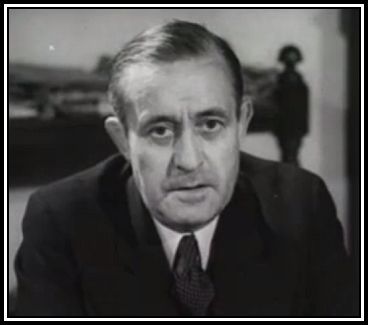 Lord Latham announced the details of Operation Tramway
Lord Latham announced the details of Operation Tramway
Although my mother enjoyed trips on trams, she was not as dedicated to them as my father. Naturally I was not sorry that these monsters were soon to be gone! Sadly my joy was quickly clouded, as my father stepped-up our journeys on London’s Trams following the announcement of Operation Tramway and I had to suffer and endure these additional outings.
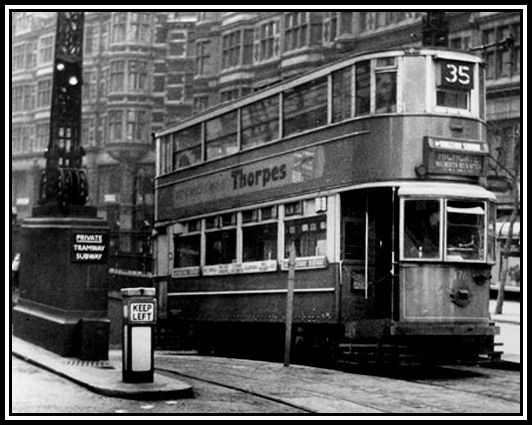 The Entrance to the Kingsway Tunnel at Southampton Row
The Entrance to the Kingsway Tunnel at Southampton Row
The last tram ran in London in the early hours of the morning of 6th July, 1952 and terminated at New Cross Depot. It is said that about 20,000 people turned out to see this tram. My father bought copies of all newspapers showing photographs of the event and kept them for years.
Since my poor mother’s birthday was on 5th July, it meant that the exact date of this terrible event could never be forgotten by my father ………. and believe me, it wasn’t!
Click here to watch The Elephant will never forget, a nostalgic look at London’s last tram
-oOo-
Although I did not care too much for London Trams, I was a great admirer of London Trolleybuses and was deeply saddened when it was announced that they were to be replaced by the Routemaster Bus (RM). I remember the last day that the Trolleybus ran in London ……. 8th May, 1962 ……. and recall that I was very upset. I fear that I was never able to warm to the RM!
Click here to see some of London’s East End Trolleybuses
-oOo-
HOW & WHERE I CHANGED MY ATTITUDE TOWARDS TRAMS!
Several years ago I was fortunate enough to visit Australia. I was looking forward to this since I had studied Zoology at one time and had become very interested in the Flora and Fauna of the country.
 Right, from top to bottom: Kangaroo & Joey; Bandicoots; Kangaroos in full flight; Middle, from top to bottom: Tasmanian Devil; Emu; Spiny Anteater; Red-Necked Wallaby; and Left, from top to bottom: Koala; Duck-Billed Platypus; and Dingos
Right, from top to bottom: Kangaroo & Joey; Bandicoots; Kangaroos in full flight; Middle, from top to bottom: Tasmanian Devil; Emu; Spiny Anteater; Red-Necked Wallaby; and Left, from top to bottom: Koala; Duck-Billed Platypus; and Dingos
-oOo-
It was in Melbourne in the State of Victoria that I first began to look upon trams in a more favourable light. Although the City has many routes serviced by diesel buses, the most used vehicle in the public transport fleet is the Tram. I soon realised that the Melbourne Tram network was huge and consisted of 25 routes serviced by some 500 vehicles and that it was possible to travel to the far corners of the City using them. I later learned that Melbourne has the largest urban tramway system in the world and has been in operation since 1884.
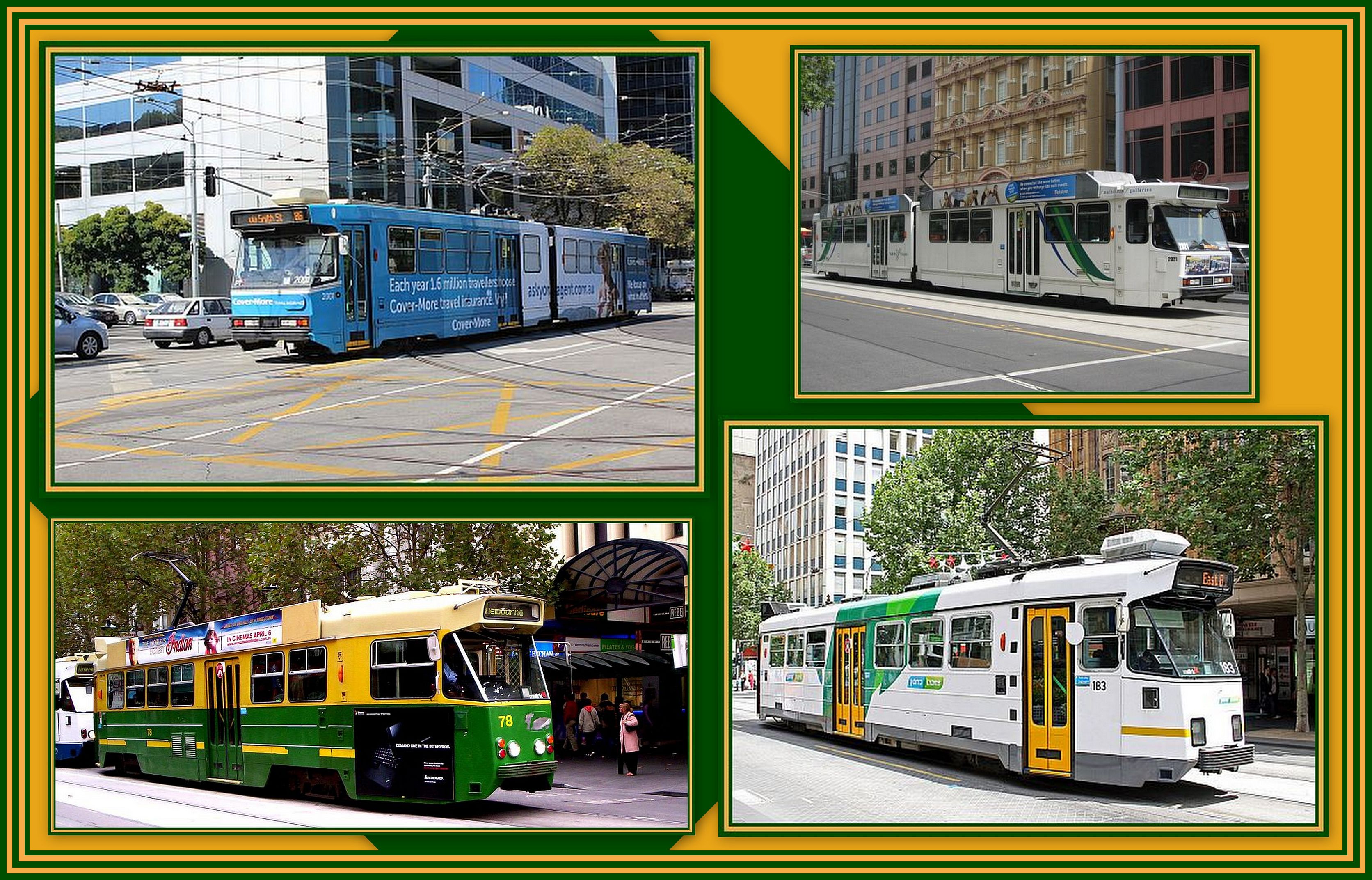 Melbourne Trams consisting of a variety of Classes
Melbourne Trams consisting of a variety of Classes
I soon noted that Melbourne Trams were of several types or Classes, but more important for me, I soon realised was that these vehicles were unlike the lumbering vehicles of my childhood. These modern vehicles had good suspension and did not lurch or hurl passengers around the cabin during a journey thereby making it a pleasant experience. I took many trips by tram during my visit, and although I enjoyed them all, I was most impressed with the older variety of tram (Class W) that traveled along Chapel Street.
In addition to the regular trams that travel around the City, I noticed that there were two types of Specialised Trams, which are in service specifically to appeal to visitors. One such Specialised Tram was an older variety of Tram that operated on the City Circle Route that is a free service and allows travelers to visit a number of places of interest in the Central Business District (CBD) with ease.
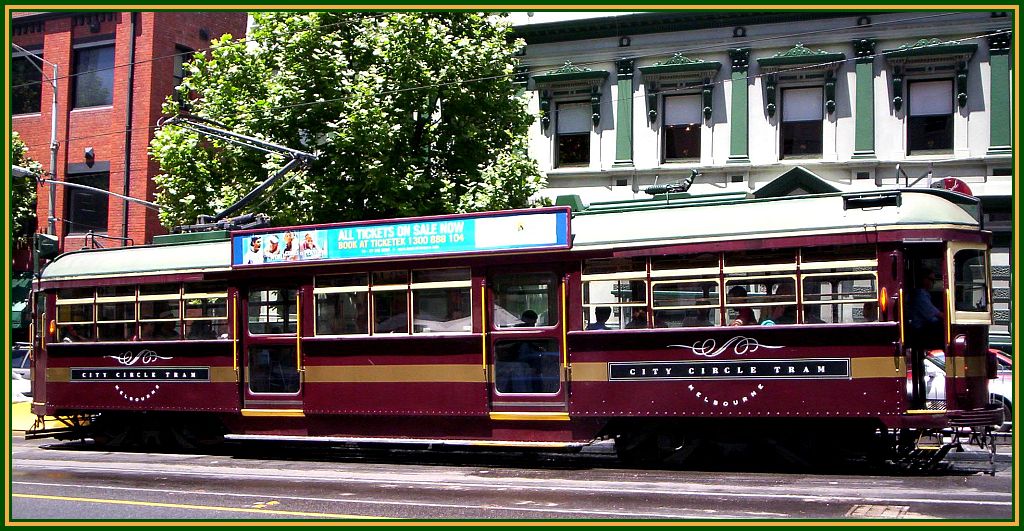 Tram operating on the City Circle Route
Tram operating on the City Circle Route
Another Specialised Tram is the Restaurant Tram. These are trams that operate only during the evening and allow riders to travel around the CBD while enjoying a dining experience in an atmosphere reminiscent of La Belle Epoque.
-oOo-
While I was visiting Melbourne, the Commonwealth Games of 2006 were being held. As a gesture of goodwill, the Government of Pakistan sent a number of artisans to decorate a Melbourne Tram in a style seen frequently in Pakistan. This Tram was introduced into regular service on the City Circle Route and carried passengers while the Games were in progress and was well-received by the populace.
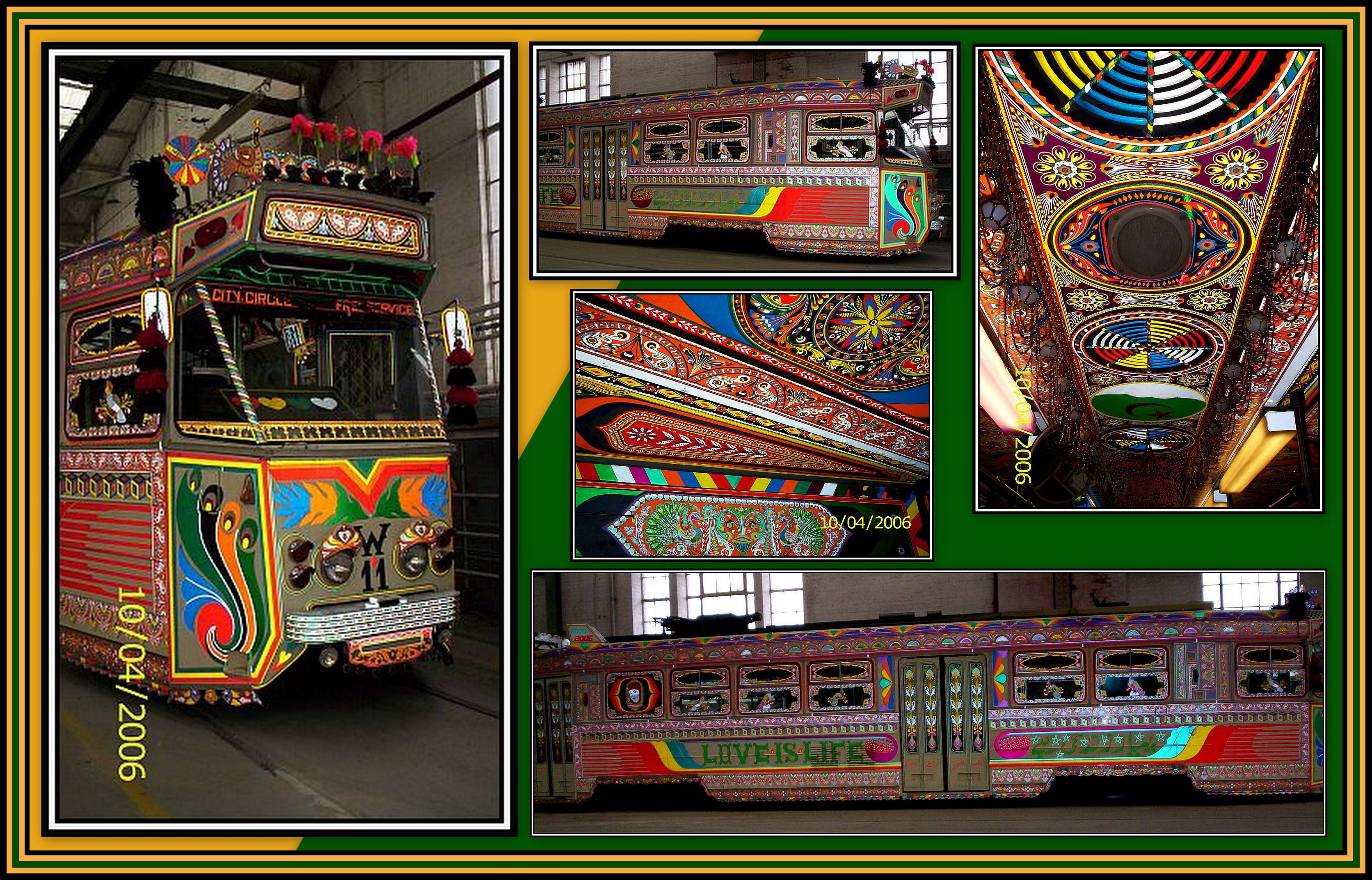 The Pakistani Decorated Melbourne Tram, 2006
The Pakistani Decorated Melbourne Tram, 2006
I was fortunate enough to stumble on the decorated Tram at one of the Garages where it had been retired once it had completed its service during The Games and was then waiting to be returned to a regular Melbourne Tram. The authorities at the Garage were very generous and kindly organised a guided tour of the Tram for me, for which I remain grateful.
-oOo-
As I am sure the reader will realise, my attitude towards The Tram was markedly affected by my visit to Melbourne. My newly-obtained positive attitude towards this mode of transport was further enforced following trips to Sydney and Adelaide where Tramway Systems were in place.
-oOo-
The City of Sydney in New South Wales is both a natural and an architectural wonder, as a result of its spectacularly beautiful harbour, the Opera House and its stunning bridge, which I never grew tried of looking at or walking across.
Amongst its many interesting sites, Sydney has two interesting museums dedicated to the Omnibus and the Tram. Sydney Buses once boasted a fleet of buses, many built in the U.K., second only in size to that of London.
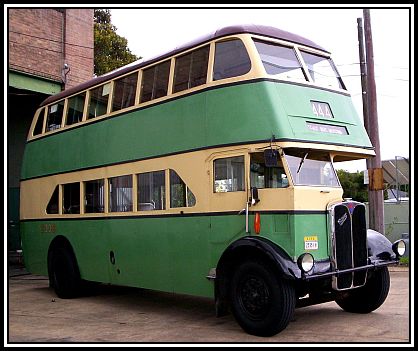 A former Sydney Bus built by the Associated Equipment Company (AEC)
A former Sydney Bus built by the Associated Equipment Company (AEC)
Today, a group of dedicated volunteers give their free time to renovating and repairing buses and trams and returning them to their former glory. The result is a group of Trams and Buses that are in excellent repair and fully mobile and look stunning in their green and cream livery. Each year, for one day, many of these buses are returned to service and travel their old routes through the streets of Sydney much to the delight of travelers.
Upon visiting both the Tram and the Omnibus Museums, I had the added added good fortune of being able to take short journeys on both types of vehicles. At the Omnibus Museum, I rode on a double decker, which took passengers on a route from the Museum to the Airport and then back.
At the Tram Museum, a route had been built covering about a mile that allowed the visitor to travel on one of these vehicles of bygone times. Although these trams did lumber and lurch a little, the journey was a joy and reminded me of earlier times when I was less appreciative of such a delightful mode of travel.
-oOo-
The final nail in the coffin of my old attitude towards Trams came when I visited the City of Adelaide in South Australia. Adelaide is a charming City where the pace of life is less hectic than that of both Melbourne and Sydney. One of the joys that I discovered there was the Tram Route that operates from the City Centre to Glenelg and is the only remaining Tramway left in Adelaide. During my visit, the vehicles in service were of the 1929-vintage H-Class Trams, but soon after my visit, most were replaced by more modern trams.
-oOo-
I regret very much not being able to enjoy the tram rides taken with my parents when I was a child. Of course I would give much to be able to ride in such a beast, as the London Tram! I do not doubt that I would enjoy being flung into darkness, as the vehicle lumbered and lurched across the points! Today, the very thought of going through the Kingsway Subway Tunnel or riding across Westminster Bridge, would be met with great excitement! Were it only possible to repeat these journeys! They would be seen as trips of a lifetime and to be treasured!
-oOo-
Operation Tramaway, the replacement of the tram service by diesel buses, was announced in July 1950 by Lord Latham of the London Transport Executive. Withdrawal began in October 1950 and London’s last trams ran in the early hours of 6th July, 1952 and were received by rousing reception at New Cross Depot
——oooOOOooo——
FOOTNOTE …… NEW LONDON TRAMS
As a child, I heard much talk that London would soon see trams rumbling over its streets again. Sadly, or happily, depending on your point of view, nothing seemed to come of them. It was not until 11th May, 2000 that a new generation of trams did in fact run on London streets once more ……… however, they did not actually run, roll or rumble entirely on streets as before, but rather on rails in segregated areas.
As early as 1950, a proposal was sent to the Highways Committee suggesting that trams should be used to connect East Croydon with the new housing estate being built at New Addington. Apparently this idea came from the fact that some of London’s now obsolete tram rolling stock was being sent to Leeds and to be used to connect with its new housing estates. Reserved tracks were to be used for this purpose. Later in 1962, a study showed that the West Croydon-Wimbledon train service could easily be converted to tram operation.
These two concepts eventually led in 1990 to Croydon Council and the London Regional Transport (LRT) proposing a project to re-introduce trams to London to Parliament. Acceptance of this proposal led to the passage of the Croydon Tramlink Act 1994, which gave LRT the right to build and run Tramlink.
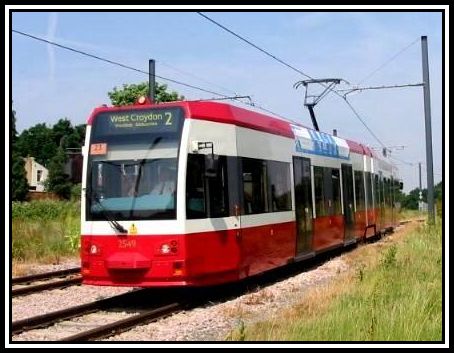 Tramlink Flexity Swift CR 4000, Number 2549
Tramlink Flexity Swift CR 4000, Number 2549
This photograph was taken by Stephen Parascandolo (1980-2007) and who was a tram enthusiast and and webmaster of the Unofficial Croydon Tramlink Website
In May 2000, Tramlink began operating a light rail–tram system over streets and track in segregated areas in the Boroughs of Croydon and Merton. In 2008, Tramlink was taken over by Transport for London (TfL) and is now operated as a concession by FirstGroup.
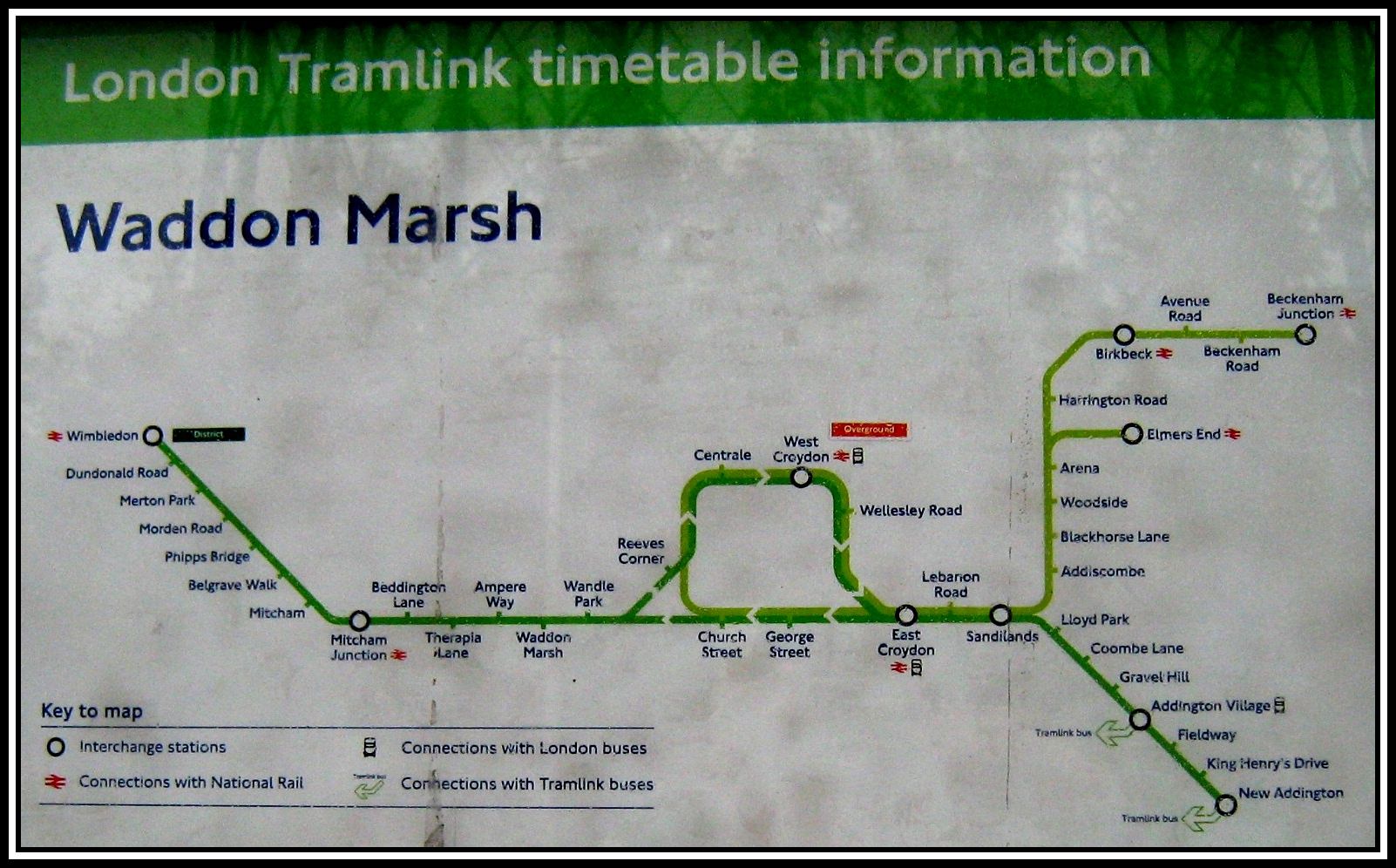 Routes now operated by Tramlink
Routes now operated by Tramlink
Tramlink introduced articulated tramcars based on a Bombardier Transportation low-floor design, originally developed for service in Cologne, Germany and today has 28 km of track. There are 24 trams in the fleet and over 31 million passengers have taken advantage of the services, as of 2013-14.
The numbering system of the tram cars began at 2530. It is of interest to note (from a historical point of view that is), that this happens to be the next in sequence from the last London tram, number 2529, withdrawn in 1952.
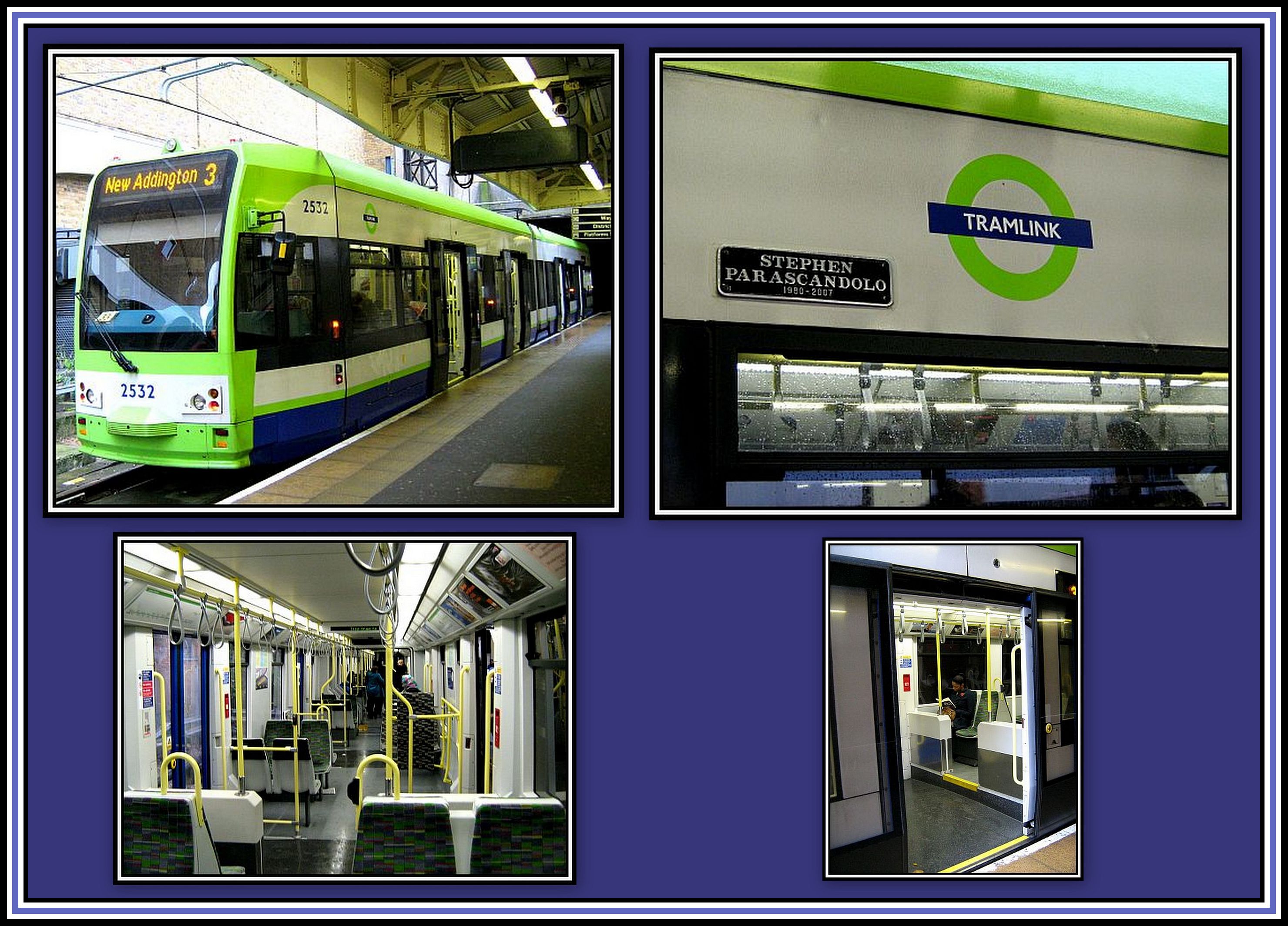 Tram Number 2532 was named Stephen Parascandolo on 20th October, 2007 in his memory
Tram Number 2532 was named Stephen Parascandolo on 20th October, 2007 in his memory
I have to confess that I would have perhaps found this nod to the past regarding the numbering system of the new trams to be somewhat amusing were I still the holder of a cynical attitude towards trams in general! But since my having gained a better understanding of their value, I am now able to applaud it.
Regardless of my attitude, I am sure that this gesture would have pleased my father and countless other people who were distressed when Tram Number 2529 and its cohorts were sent to Penhall Road in Charlton where they were broken up.
——oooOOOooo——
In 2010, I went to Wimbledon to see and ride the new trams. They were not at all like the Old Trams. They were very European in that they were more akin to light rail. Needless to say, I found them efficient, comfortable and, thanks to the segregated route, quick. I hope that Transport for London will soon expand the system. I for one would like to see routes linking north and south London again and another along Oxford Street. I feel certain that investments in such enterprises would be well worthwhile.
——oooOOOooo——
Click here to GO to PART TWO: FROM WESTMINSTER BRIDGE TO THE SHELL-MEX BUILDING
——oooOOOooo——
Click here to RETURN to A SERIES OF WALKS ALONG THE EMBANKMENT Home Page
——oooOOOooo——
Click here to go to AN ADDITIONAL SET OF POSTCARDS OF OLD LONDON: THE EMBANKMENT by DAVE HILL
——oooOOOooo——
Click here to go to the TABLE OF CONTENTS
——oooOOOooo——

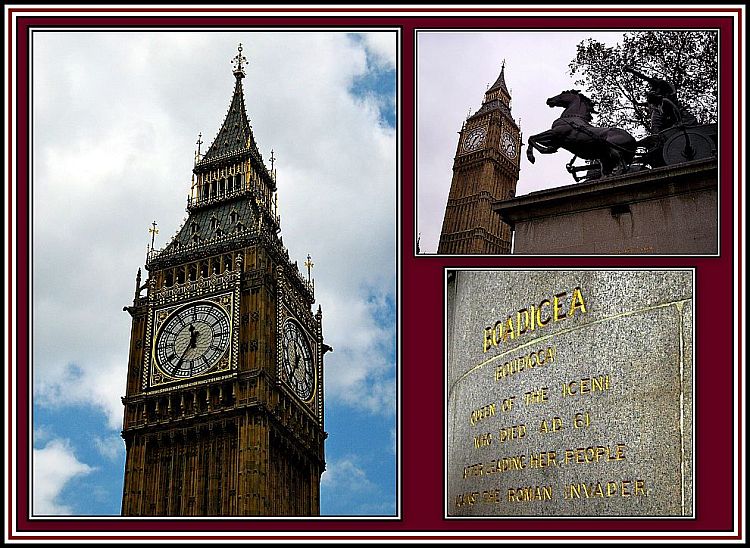
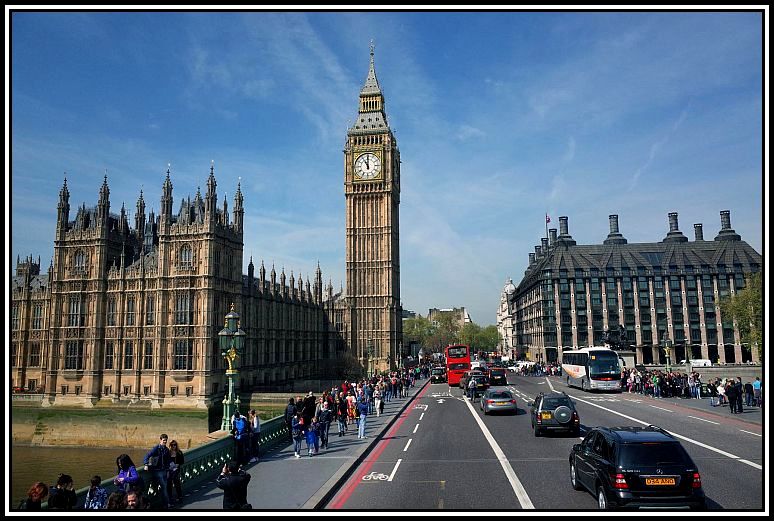
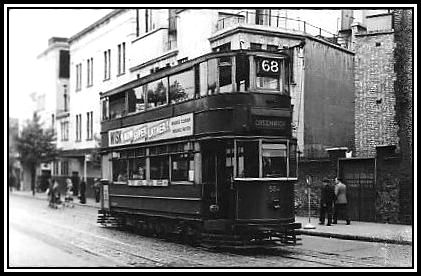
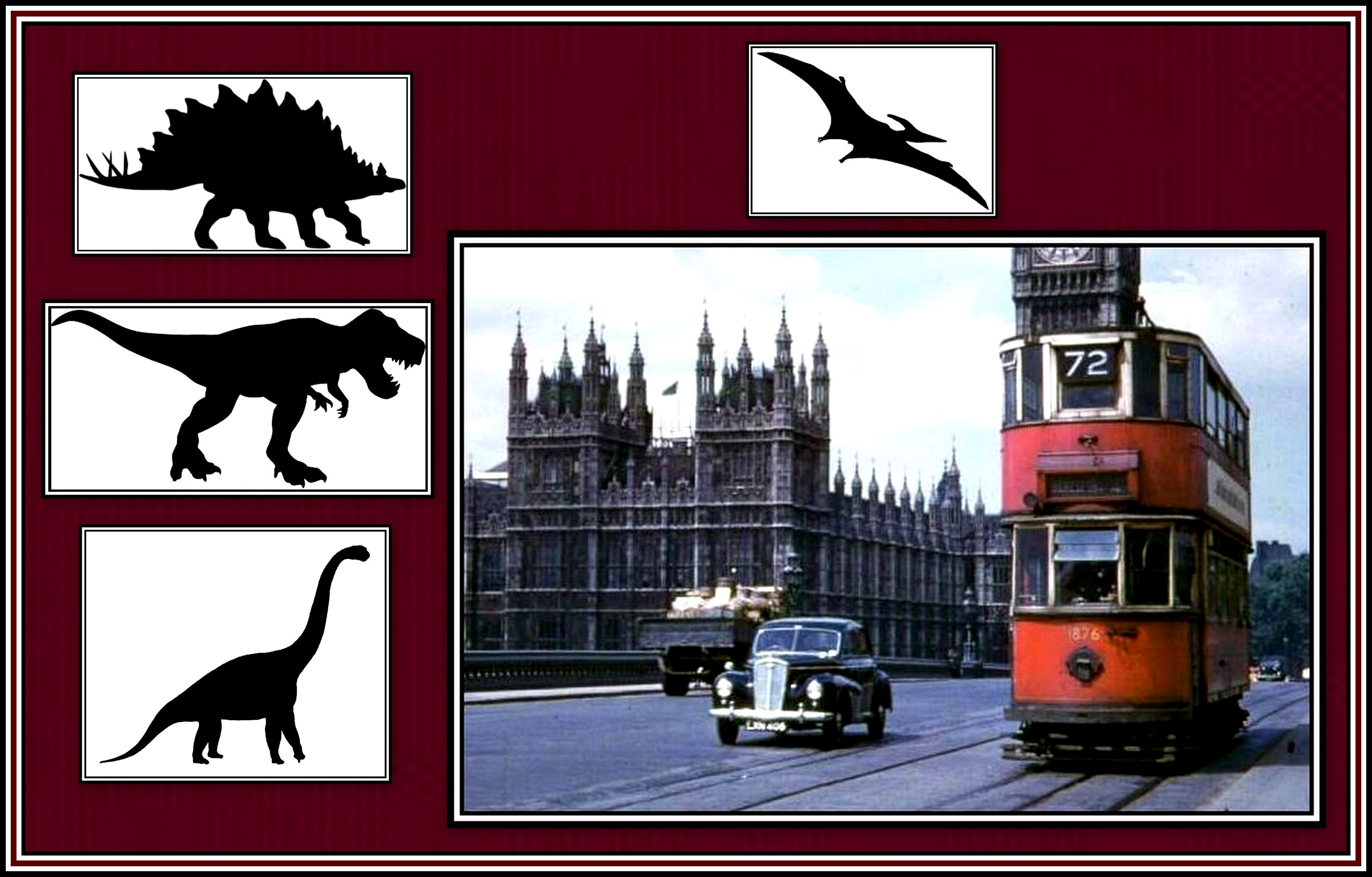
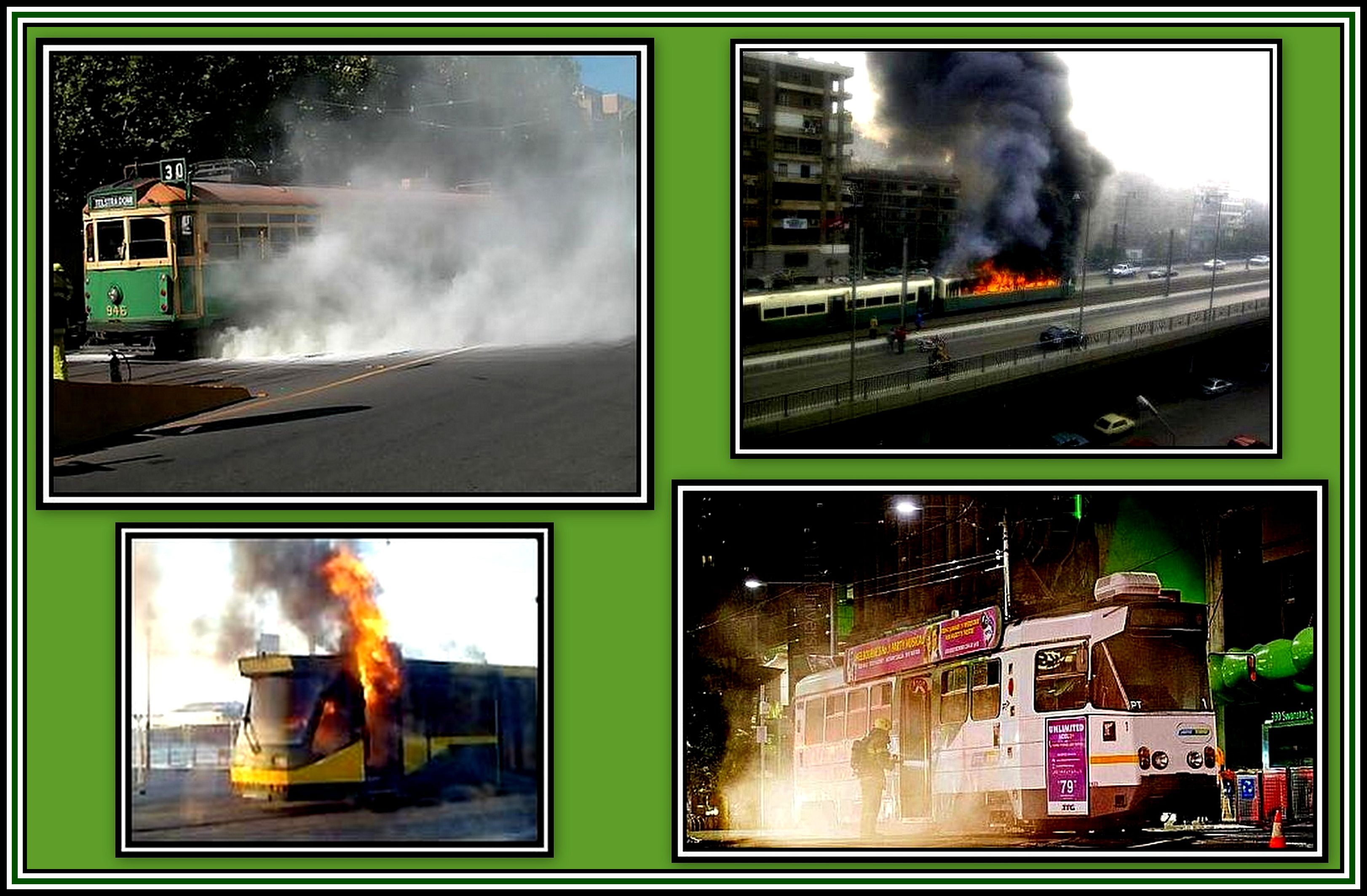

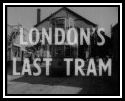
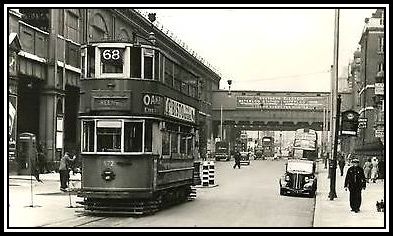
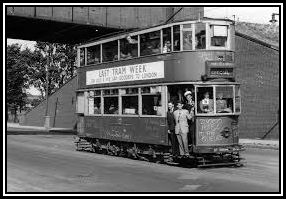
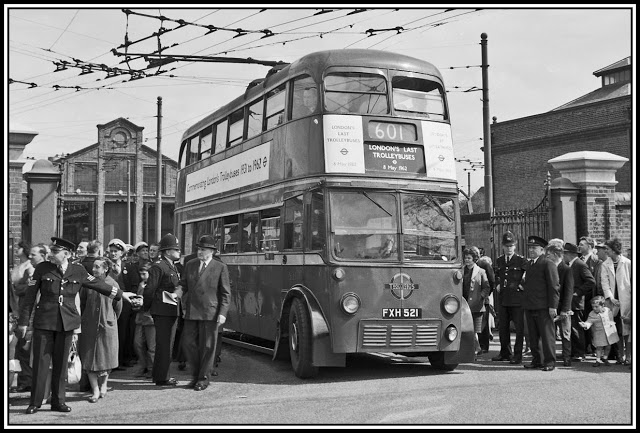
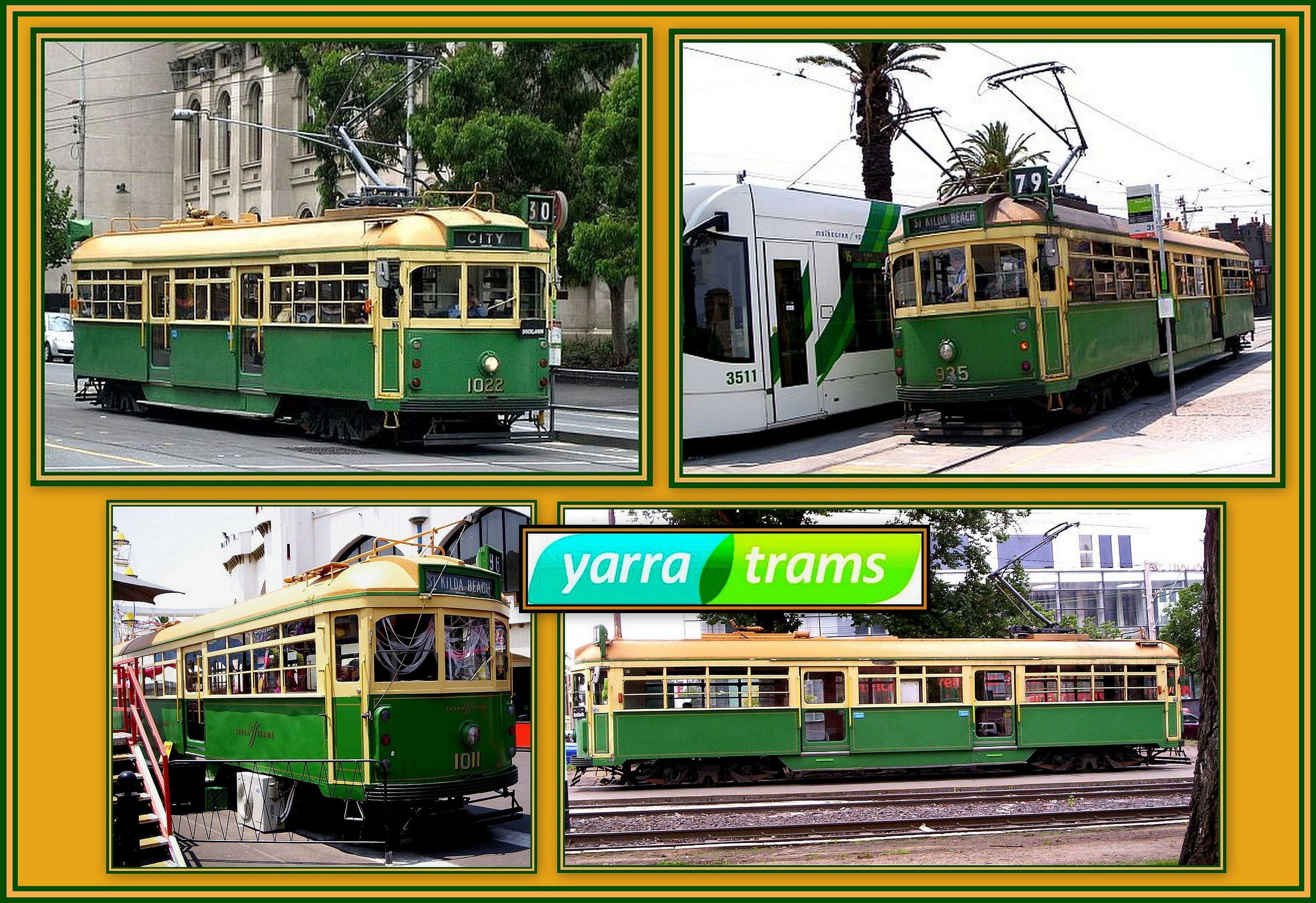
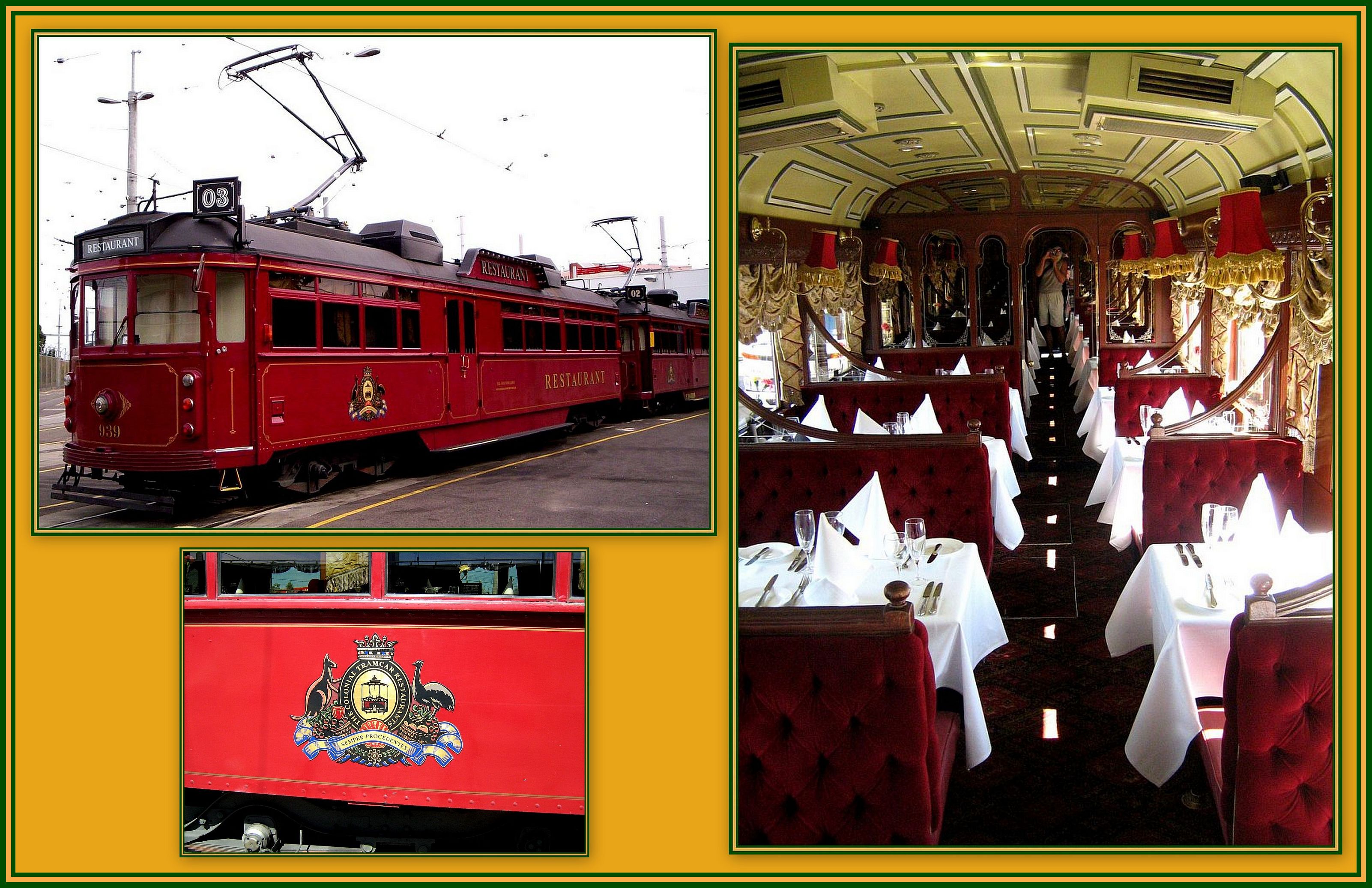
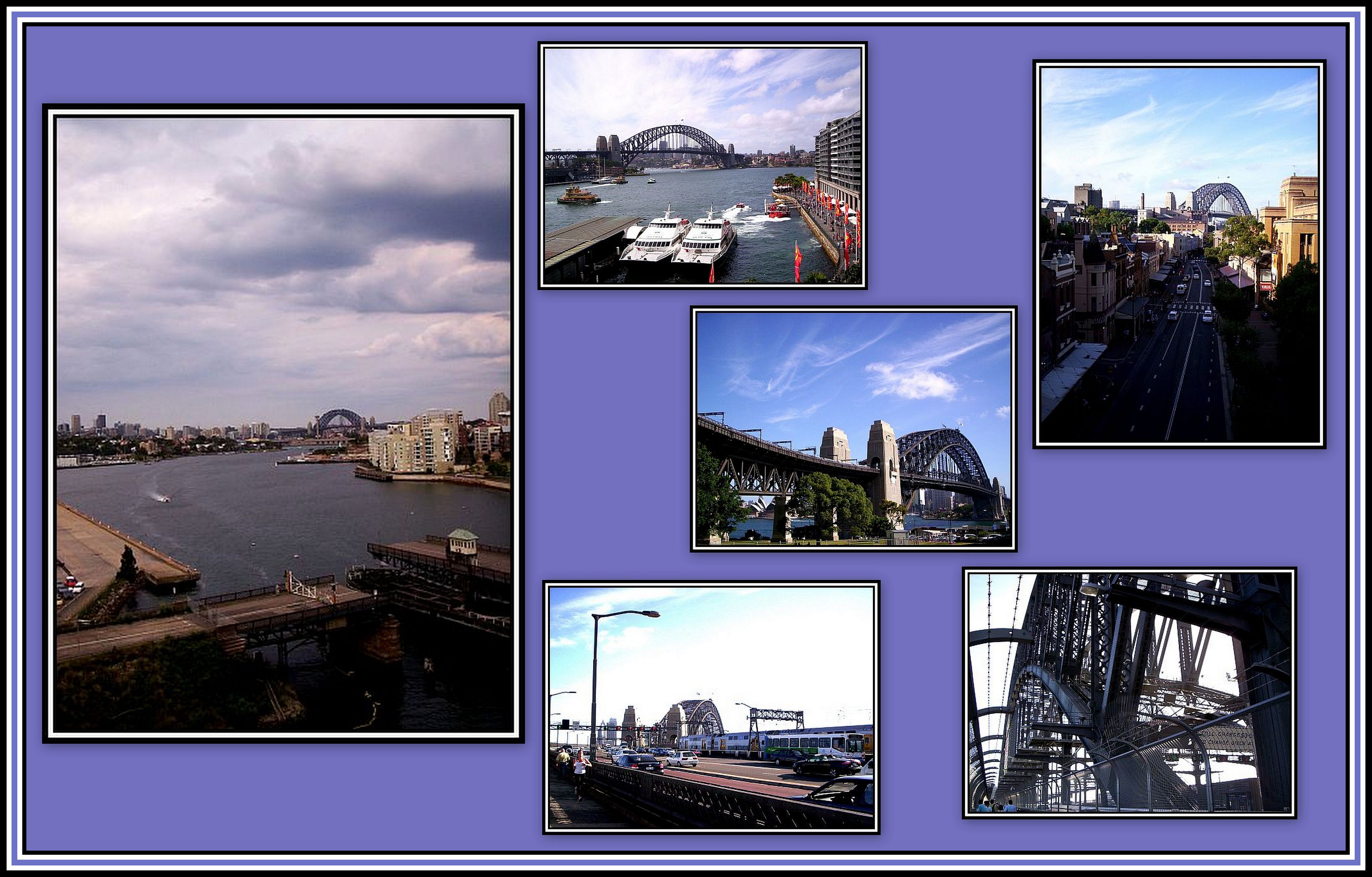
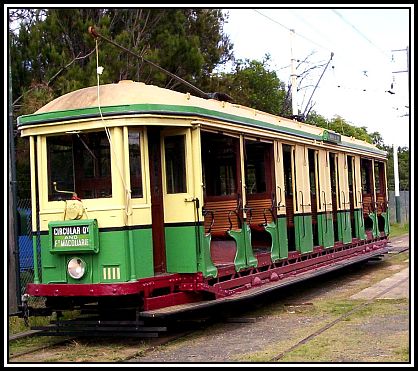
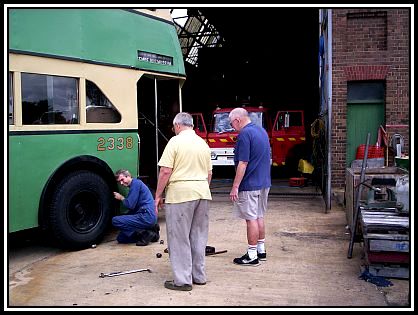
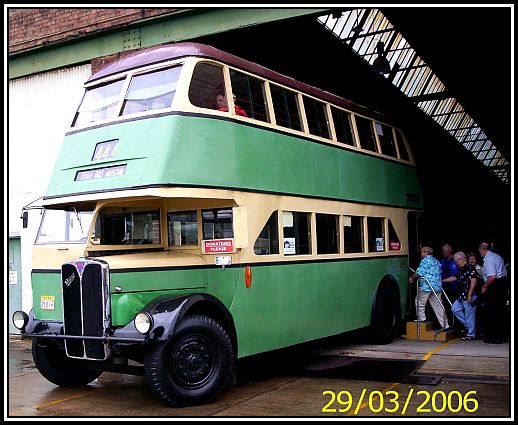
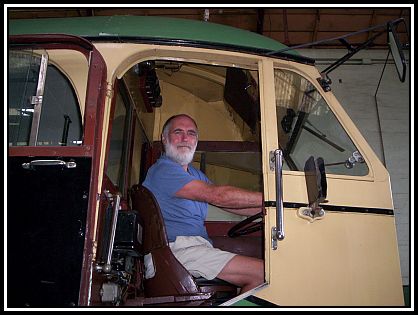

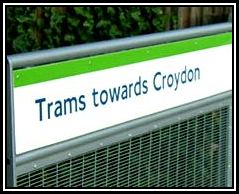
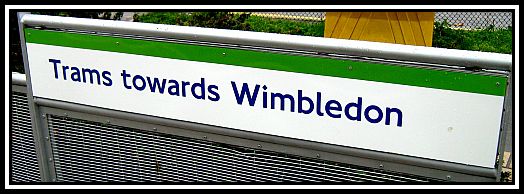
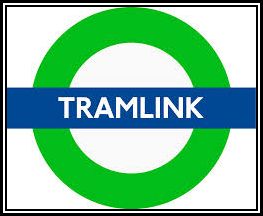


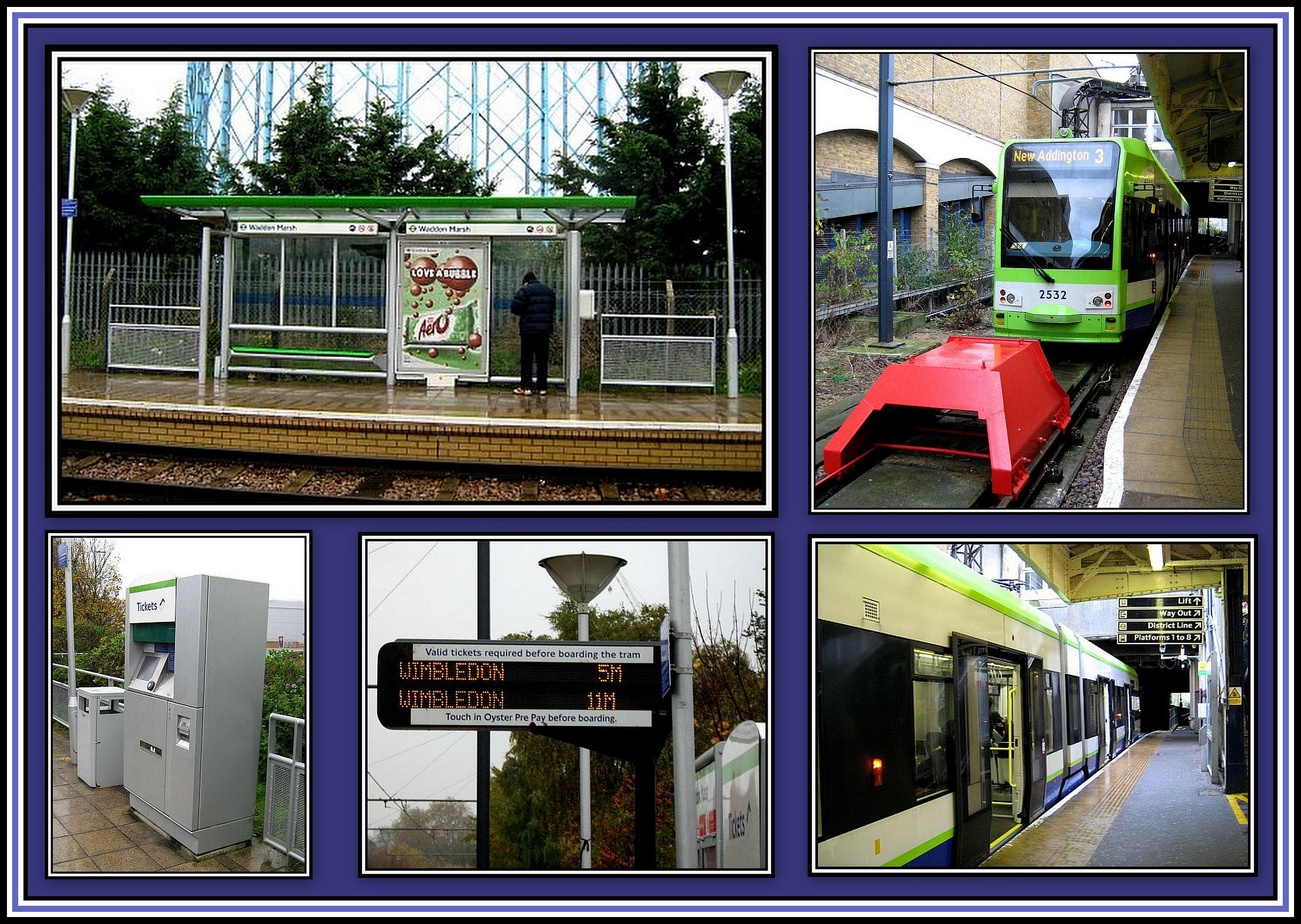
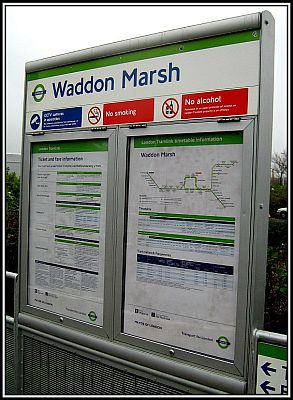
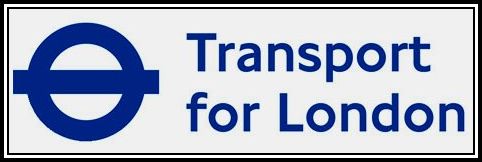
For me, London Trams were like the galleons of old. Sitting up in the bow with the horizon moving up and down as we travelled from Shooters Hill to Beresford Square or to Eltham. Occasional voyages of discovery farther afield from Lewisham up the Old Kent Road to Waterloo for visits to that wondrous shop in Regent Street past the windows with all those huge model liners or feeding the ducks in the park and running my hands over the Peter Pan statue. The tram trips to Nana from Lewisham to Newquay Road in Catford, you could smell we were there when the air filled with the scent of jam and the “Golliwog Factory” appeared. Buses to me were anathema as a couple of stops on a bus and I began to get bus sick. From the “Sun in the Sands” to the centre o Lewisham to catch the tram sometimes had to be made in two steps but did mean I got to see the model boats on the lake as we traversed Blackheath. Perhaps I was not always feeling as sick as I said but sometimes I certainly was.
I think the idea of the trams disappearing in ’52 probably filled me with horror because it would have meant buses every journey but it so happened that we moved to Poole in Dorset just before the end of the world occurred. This was not entirely satisfactory as there were no trams there but a short bus ride took the family to Poole station where the trains ran to Bournemouth West and there, lo and behold there were beautiful Yellow “trams”. These strange machines were almost as good as trams but with no rails in the road and were so much better than diesel buses. The return of trams to Croydon filled me with great joy and it seemed history had turned full circle in my lifetime especially when I was able to get up close and personal to these streamlined beauties in the depot. They were yet to start running in service in that, oh so familiar, red and cream and numbered in the next series just as though London had never lost it trams at all. My pseudo “Tramaniac” may be known to the select few and tram models have been a major part of my business life.
Thank you for sharing your memories.
Silly little pedantic point but it wasn’t Operation Tramway, it was Operation Tramaway.
Writing this exactly 66 years since the last “old style” tram ran in London. I was there at New Cross Gate.
Many thank for your correction.
Charles
Pleased to read Adrian Swain’s comment. He passed away this Spring but not from the Covid. His tram model business is in the safe hands of KW Trams. In 2015, I took Adrian on what was to be his final ride on a second generation Croydon tram – a Stadler so he had ridden on both types. But then I had been taking him every two years around the construction works and then tours of the system. He and I helped Frank Vescoe develop the BEC-Kits tram range in the early 1960’s and Adrian had then became acquainted with the Croydon scheme which then was East Croydon to New Addington (an express service) and conversion of the West Croydon to Wimbledon electric train service to tram. Just as I was determined in 1949 not to see London’s most passenger friendly double deck road vehicle go north and leave me with the silly small capacity buses (useless for carrying prams and luggage), my father’s commute was further threatened with closure in 1962. By then I had lived on the continent in 1958/9 and alternate weekends travelled on the trams of W.Germany, Holland, Belgium, Switzerland and got to Berlin, so my schemes were now either to use PCC or articulated single deckers. Your article has given the ‘bones’ and much ‘flesh’ can be gleaned from past issues of “Tramway Review” and “Tramfare”. But it is the people that became involved from Vic Matterface sending me photos in 1949 of 2099 on test of the Leeds light rail system, the Croydon Mayor who presented my concept to the council at the start of the planning stage of the New Addington estate. Just this spurred me on into actual detail at the age of 11 in a Croydon primary school. Then renewing contact in 1968 with John Price to have a joint LRTL/TLRS project showing a modern tramway in small scale exhibition model which linked my two concepts which was to appeal to David May, chair of Croydon highways committee and later Mayor as it did not go through Croydon’s central streets. Peter Parker became very interested from our monthly meetings dubbing the 1968 revised scheme (now extended to Tattenham Corner via Sutton) “Colin’s Croydon Trams” and this link went on later as BR Chairman and the chain to the Green report of 1987 on converting SR Central commuter services to tram. John Price created a chain through Peter Walker that went on to John Gent and Scott McIntosh of London Regional Transport. Under Trevor Ridley the two chains came together in 1989 and I could update the detail including the addition of the Gravel Hill subway, authorised but not built. The Croydon scheme had in 1977 provided the detail for the Dockland Express Tram concept to counter the threat of the US financiers to withdraw from the PLA’s second stage of the Docklands Redevelopment scheme, the concept passing in 1980 to LDDC to upgrade to today’s DLR. The financiers badly wanted a tube line but LRT only offered a Red Arrow bus service to London Bridge station via the City. Hence today we have two very successful light rail systems in London but whether the proposed DLR extensions and Sutton Tramlink will come about, time will tell. (You are welcome to contact me if you want more ‘flesh’ as there was more people and BR help than mentioned.)
Colin: Again, Colin: thank you very much for writing your interesting comment. Charles
Thank you so much for leaving your comments.